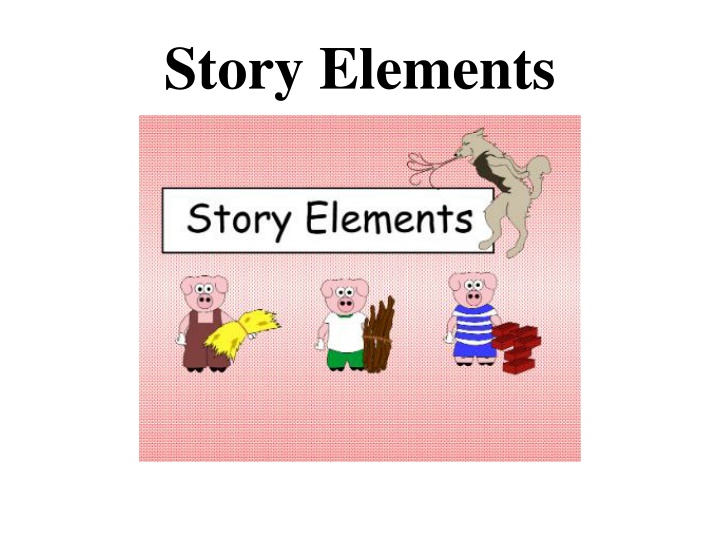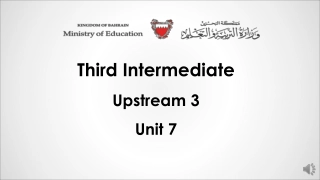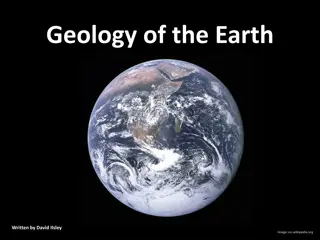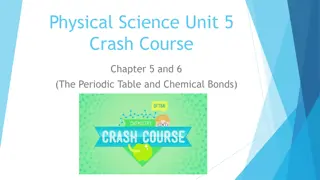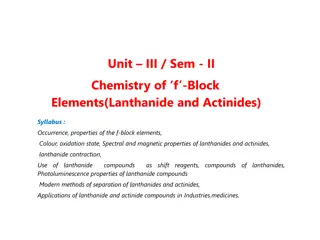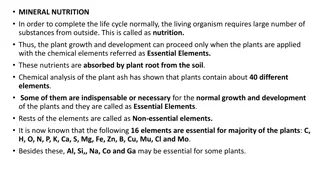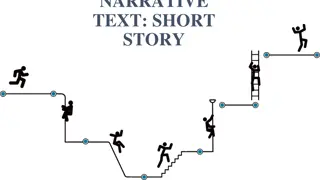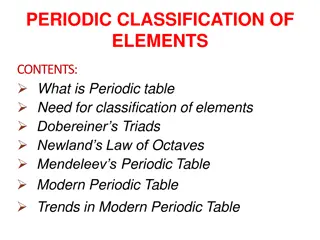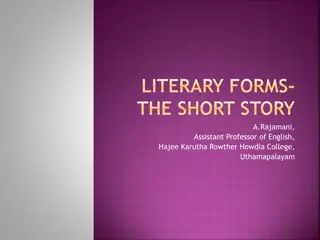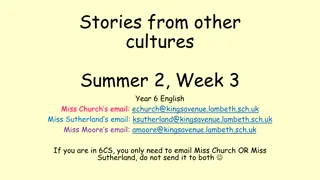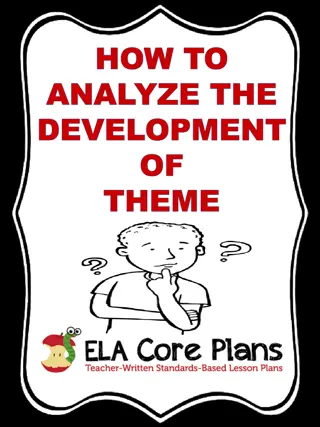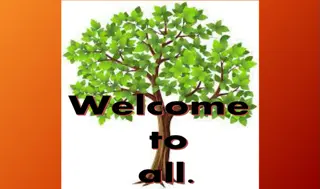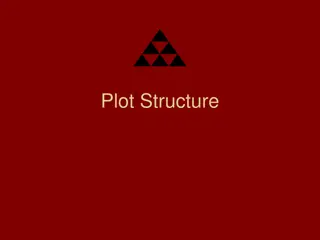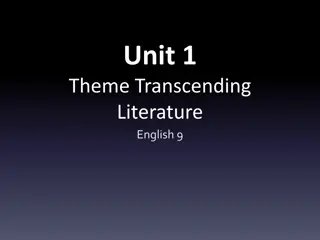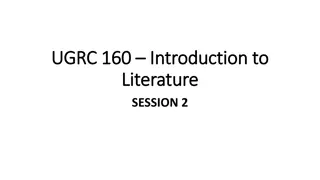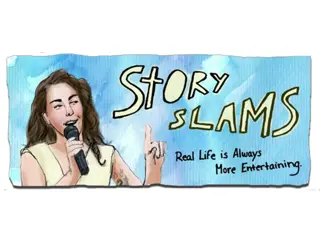Story Elements
Explore the key components of a well-written story, including characters, conflict, plot, and setting. Understand how these elements contribute to the overall structure and impact of a narrative, from introducing characters to resolving conflicts and creating atmosphere. Dive into the significance of character development, various types of conflict, the narrative arc of a plot, and the role of setting in enhancing storytelling.
Download Presentation

Please find below an Image/Link to download the presentation.
The content on the website is provided AS IS for your information and personal use only. It may not be sold, licensed, or shared on other websites without obtaining consent from the author.If you encounter any issues during the download, it is possible that the publisher has removed the file from their server.
You are allowed to download the files provided on this website for personal or commercial use, subject to the condition that they are used lawfully. All files are the property of their respective owners.
The content on the website is provided AS IS for your information and personal use only. It may not be sold, licensed, or shared on other websites without obtaining consent from the author.
E N D
Presentation Transcript
What elements does a story need to have in order to be a well-written story?
Story Elements for the Aesop fable, The Peacock characters conflict plot, including resolution setting
character A character is a person or an animal in a work of literature. Examples: August Pullman in Wonder Harry Potter in Harry Potter and the Sorcerer s Stone Greg Heffley in Diary of a Wimpy Kid
conflict The conflict is the major struggle between characters or between opposing forces. A conflict may be external or internal. Some stories have both kinds of conflict. External Conflict: The main character struggles with another person or with an outside force, like the sea. Internal Conflict: The main character struggles with opposing ideas or feelings within his or her own mind, like wanting to make friends at a new school but also being very shy.
plot The plot is the series of related events that make up the story. Most plots go this way: exposition-The beginning of a story, including who the main characters are and what the main conflict is. rising action- The series of events where the conflict is presented and complications arise as the plot moves towards the climax. climax-The most exciting part of the story where the main character faces and/or makes a huge decision which solves the conflict. Also usually the most suspenseful part of the story. falling action- The section after the climax where the action begins to drop off and the events of the plot become clear or are explained in some way, leading toward the resolution. resolution-Occurs at the end of the story. The writer tells what the main characters feel or do now that the conflict is settled.
setting The settingis the time, place, and atmosphere in which a story s events occur. Time is the period during which all events, conditions, and actions happen. Place is the location or area. In literature, place is also known as the physical setting. Atmosphere is the general feeling or mood in a work of literature. Writers create atmosphere by using imagery and descriptions. Readers can describe atmosphere in just a word or two-for example, A scarypoem, an excitingscene, a story filled with sadness.
